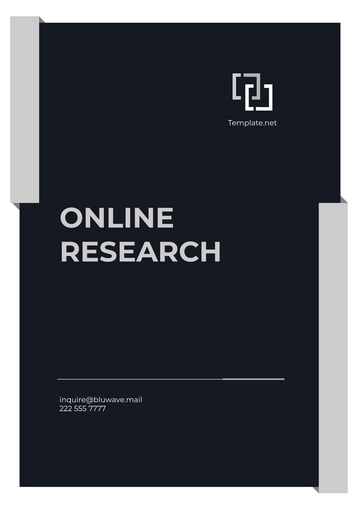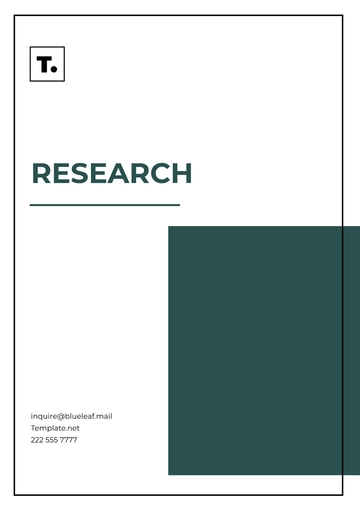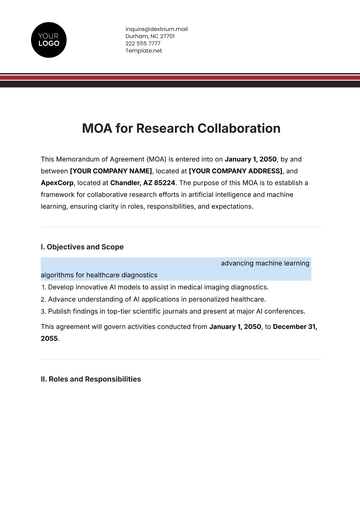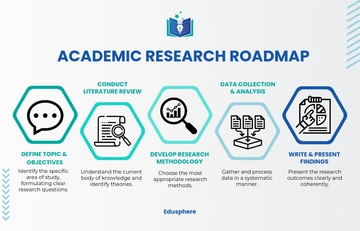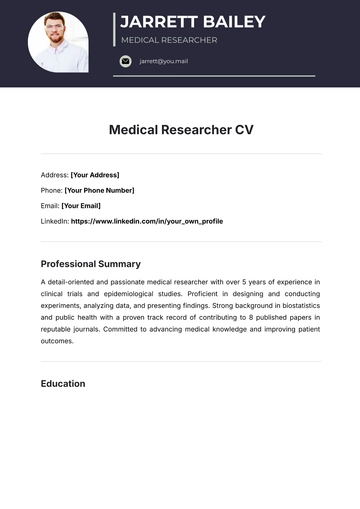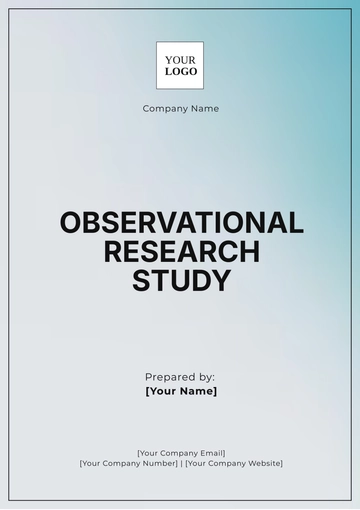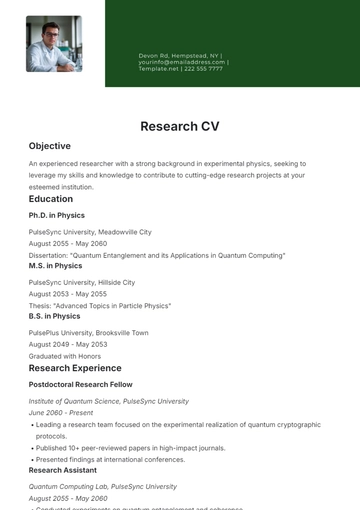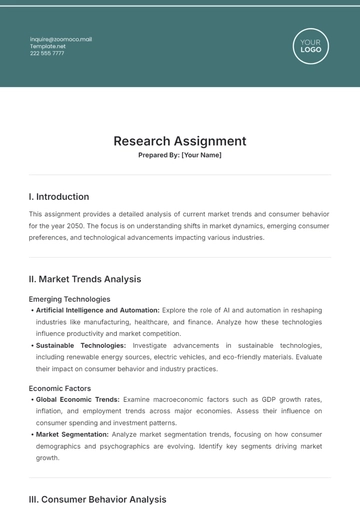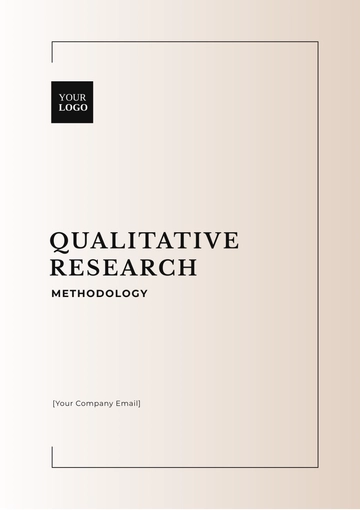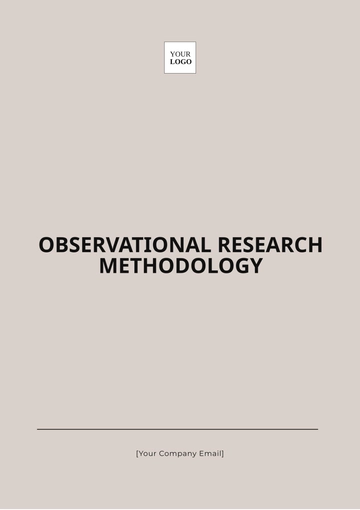Free Original Research Journal Article

Prepared by: [Your Name]
Date: [Date]
1. Abstract
This study explores the effects of remote work on employee productivity by analyzing data collected from 500 employees across multiple industries. The research aims to identify trends in productivity when working remotely versus in-office, considering factors such as work-life balance, technological access, and communication. The findings indicate that remote work positively affects productivity for most employees, particularly those with strong digital skills and a conducive home environment. However, challenges remain in communication and team collaboration. The study suggests strategies for organizations to optimize remote work conditions and enhance productivity.
2. Introduction
The shift to remote work, accelerated by the COVID-19 pandemic, has prompted widespread discussions on its impact on employee productivity. While some research suggests remote work increases flexibility and focus, others highlight challenges in communication and collaboration. This study aims to provide quantitative data on productivity differences between remote and in-office work, focusing on the factors that contribute to or hinder performance in a remote setting. The research question guiding this study is: How does remote work influence employee productivity, and what factors are most significant in this dynamic?
3. Methods
3.1 Study Design
A cross-sectional survey was conducted involving 500 employees from diverse industries, including technology, healthcare, education, and finance. Participants completed a detailed questionnaire covering their productivity levels in remote and in-office settings and factors, such as technological access, work-life balance, and team communication.
3.2 Data Collection
Data was collected using an online survey platform. The survey measured self-reported productivity levels on a scale from 1 to 10, alongside qualitative data about the participants' working conditions. Demographic information, including age, gender, and job role, was also recorded to explore potential variations in productivity across different groups.
3.3 Data Analysis
The quantitative data was analyzed using descriptive statistics and regression analysis to identify key factors influencing productivity. Qualitative responses were coded to identify recurring themes related to the benefits and challenges of remote work.
4. Results
4.1 Quantitative Findings
Productivity Levels: On average, employees reported a 12% increase in productivity when working remotely compared to the office.
Key Influencers: Employees with dedicated home offices and strong digital skills reported higher productivity gains (15%), while those lacking these conditions saw minimal improvements (3%).
Communication Barriers: 60% of participants cited reduced communication efficiency as a challenge, with remote work leading to delays in team collaboration.
4.2 Qualitative Insights
Recurring themes from qualitative responses included:
Flexibility: Many respondents appreciated the flexibility remote work provided, allowing for better work-life balance and more focus during working hours.
Isolation: However, some employees reported feelings of isolation and a lack of informal communication channels, which affected team dynamics.
5. Discussion
The findings suggest that remote work can boost productivity, particularly for employees who have adequate resources and conducive environments. However, the study highlights the need for improved communication strategies and support systems to mitigate the drawbacks of remote collaboration. Organizations should consider offering training in digital tools and creating policies that encourage regular virtual interaction to sustain productivity gains.
6. Conclusion
This study concludes that remote work has a generally positive impact on employee productivity, provided that certain conditions, such as technological readiness and effective communication channels, are met. Future research could explore long-term trends and the psychological effects of prolonged remote work on employees.
7. References
Bloom, N., Liang, J., Roberts, J., & Ying, Z. J. (2051). Does Working from Home Work? Evidence from a Chinese Experiment. Quarterly Journal of Economics, 130(1), 165–218.
Bailey, D. E., & Kurland, N. B. (2052). A Review of Telework Research: Findings, New Directions, and Lessons for the Study of Modern Work. Journal of Organizational Behavior, 23(4), 383-400.
Gajendran, R. S., & Harrison, D. A. (2053). The Good, the Bad, and the Unknown About Telecommuting: Meta-analysis of Psychological Mediators and Individual Consequences. Journal of Applied Psychology, 92(6), 1524-1541.
- 100% Customizable, free editor
- Access 1 Million+ Templates, photo’s & graphics
- Download or share as a template
- Click and replace photos, graphics, text, backgrounds
- Resize, crop, AI write & more
- Access advanced editor
Streamline your academic writing with the Original Research Journal Article Template from Template.net. This fully customizable and editable template is designed to meet rigorous research standards. Easily adjust sections to fit your research needs, and make edits seamlessly using our Ai Editor Tool. Perfect for producing polished, professional journal articles with ease and precision.


